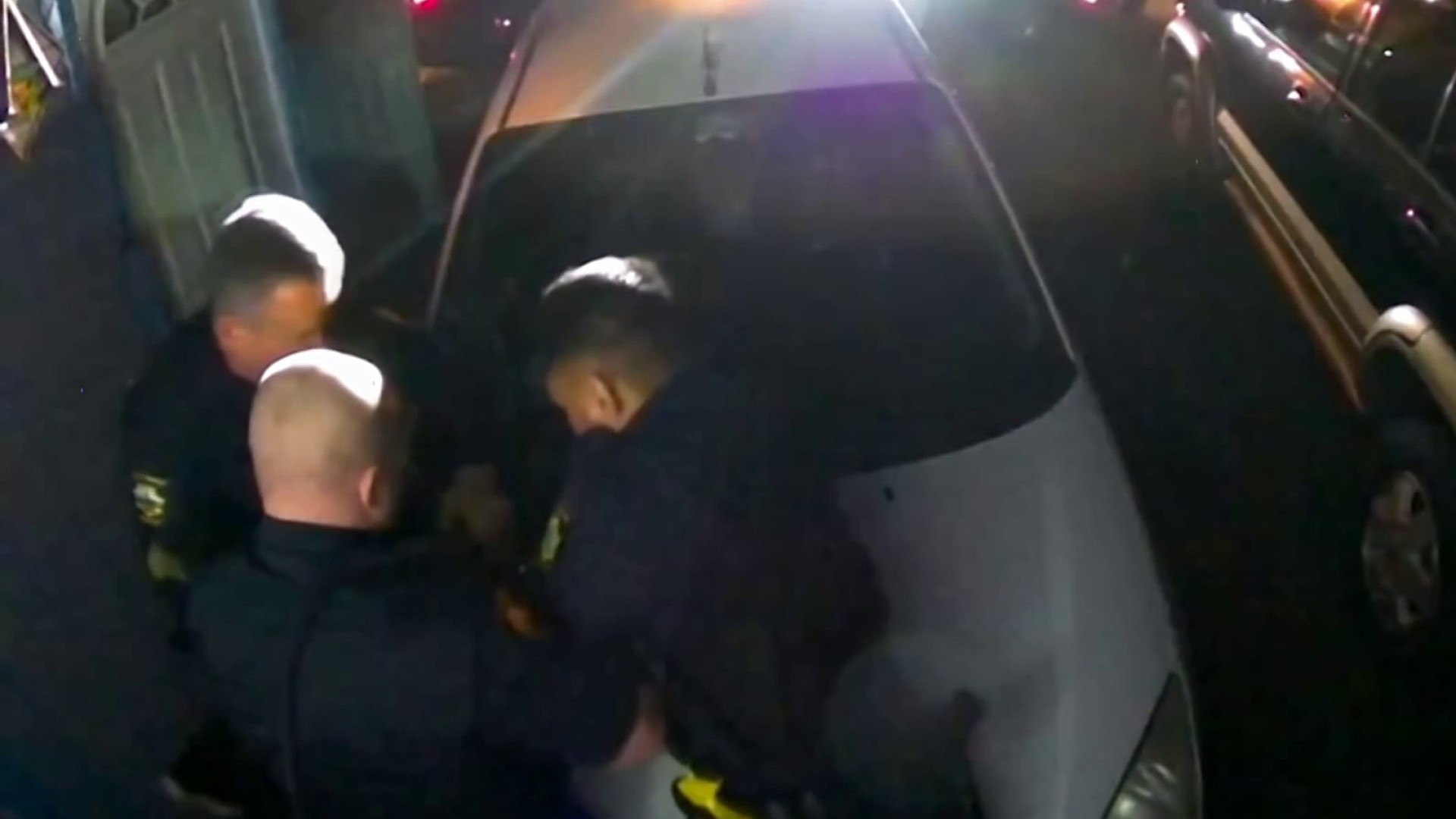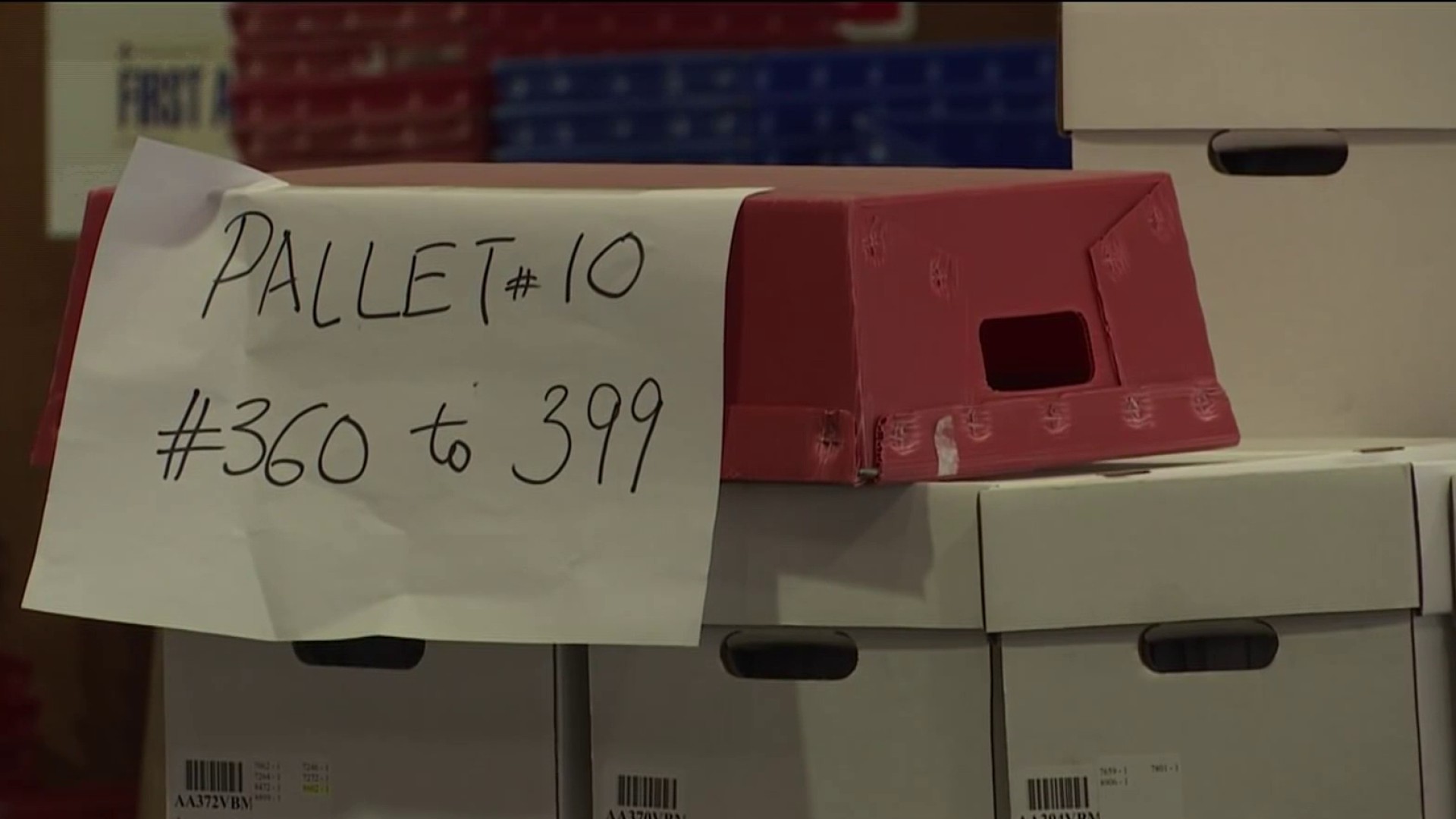Trucks have begun leaving Hunters Point, moving tons of soil from Parcel C, a 77-acre piece of land on the northeast corner of the old Navy shipyard. They are making way for a development slated to open in 2017 that would include housing for 24,500 residents, a shopping center, office space and parks.
But as the massive clean-up project moves forward, workers are voicing serious concerns about exposure to radiation and whether the soil from Parcel C is being screened for radiological contamination.
Sources close to the cleanup work say they’re worried that recent shipments of dirt have been sent out without proper testing.
“They would dig it up and load the trucks and take it out. It’s not being tested for RAD [radiation]” Kevin Jackson said.
The truck driver has been on-site for three years. He spoke at a community meeting Wednesday night, asking Navy officials if it’s possible dirt being removed from Parcel C is not undergoing any testing.
Keith Forman, the Navy’s Base Realignment and Closure leader for Hunters Point, said it’s possible.
“That would be accurate in that not all soil in Parcel C is RAD impacted,” he said. “Lots of it is but there are areas where we are digging specifically that is not. So that’s correct.”
Local
The Navy maintains that only parts of Parcel C are radiologically impacted.
Click here to read the Navy's full statement.
But according to the 2012 Navy work plan for the clean-up of Parcel C, “soil excavated …will be transported for [radiological] processing” that includes “surveying, characterizing and remediating as necessary…”
Multiple sources close to the cleanup effort insist the Navy is not following through on this screening process and that all of Parcel C is potentially radiologically impacted, and should be screened. They say workers are not being monitored for potential exposure either.
In a letter sent to the California Department of Public Health and the Nuclear Regulatory Commission, Consumer Watchdog advocate Liza Tucker quotes a worker who claimed “project personnel …are not monitored for potential exposure to radiation.”
The worker asked to remain anonymous for fear of retaliation but alleged, “no radiological soil assessment has been or is being performed…” and that soil dug up near buildings contaminated with radiation is being shipped off site to “state facilities not …licensed to accept low-level radioactive waste.”
The Investigative Unit observed a truck, full of dirt from Parcel C, that was taken to Keller Canyon landfill in Pittsburgh. The facility is a Class II landfill that’s only authorized to accept chemically impacted soil, not radiologically impacted soil.
Officials with the California Department of Public Health have not provided an official statement as of press time but acknowledged they are aware of the allegations and have begun researching the complaint.
Saul Bloom, community environmental activist who has studied the developments at Hunters Point for decades, says he believes the actions on site have been in accordance with the proper protocol. He’s the executive director of Arc Ecology where he’s followed military clean-ups of radioactive sites for more than 30 years.
“There’s been a long history of these kinds of situations where materials that people knew to be in a location were either not found deliberately--not found,” said Bloom, “but I would be surprised at this location given the amount of community concern about radiation and given the amount of focus on the clean-up.”

If you have a tip for the Investigative Unit email theunit@nbcbayarea.com or call 888-996-TIPS.



